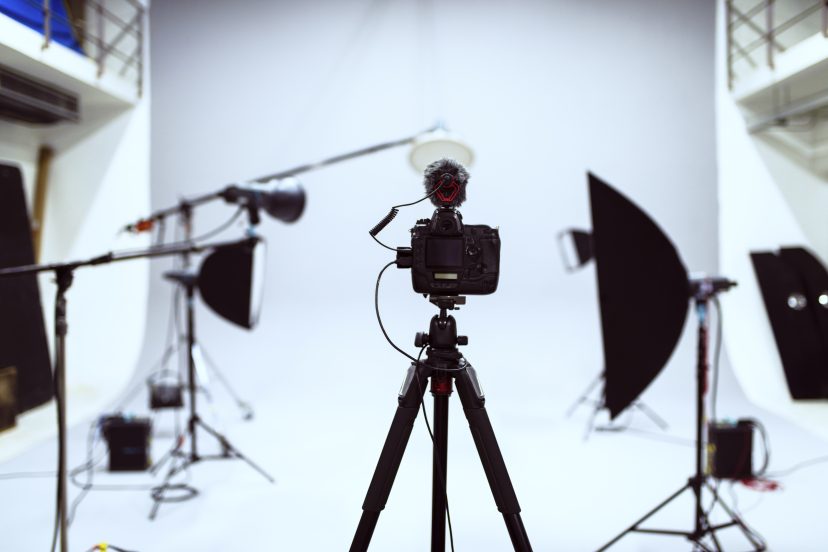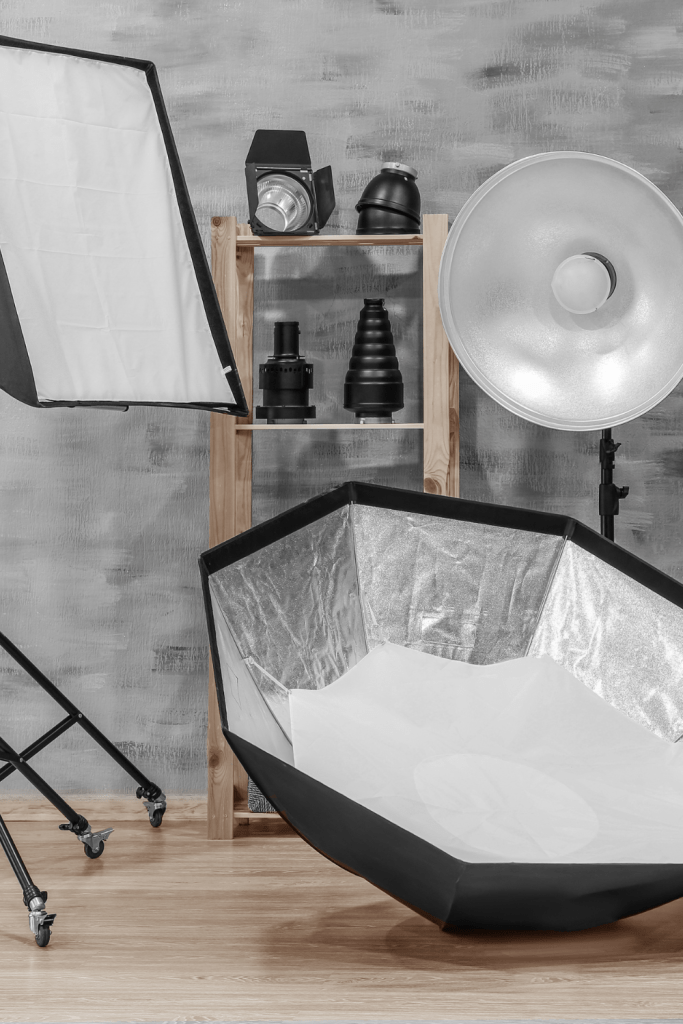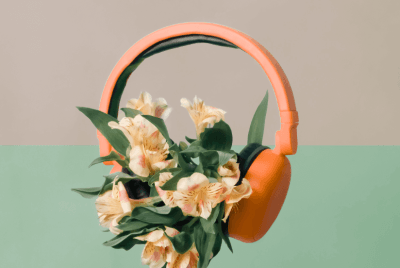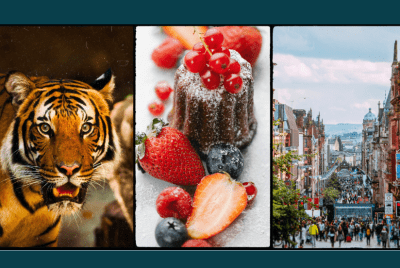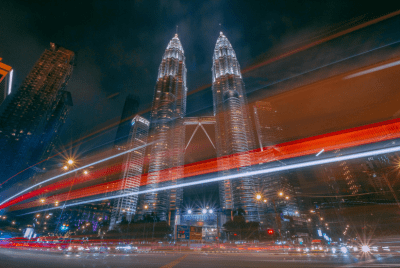From Amateur to Pro: How to Elevate Your Skills With Your Own Photography Studio
Photography Studio: Unleashing Your Creativity
A photography studio can be an invaluable resource for capturing stunning images and unlocking your creative potential. In this article, I will explore the world of photography studios, providing insightful suggestions and reasons for why you should consider utilizing them in your photographic journey.
Photography studios offer a dedicated space for photographers to experiment, create, and bring their artistic visions to life. These purpose-built environments provide numerous advantages over shooting in outdoor locations or makeshift setups. Let’s delve deeper into the benefits of using a photography studio.
I am a participant in the Amazon Services LLC Associates Program, an affiliate advertising program designed to provide a means for me to earn fees by linking to Amazon.com and related sites. This post may contain affiliate links, which means I may receive a commission, at no cost to you, for purchases made using my links. Please see my disclosure to learn more.
1. What is a Photography Studio?
A photography studio is a controlled environment designed specifically for capturing high-quality images. It typically consists of a spacious room equipped with professional lighting, backdrops, and various props to enhance the creative process. Studios cater to a wide range of photography genres, including portrait, fashion, product, and still life.
1.1 Benefits of a Photography Studio
Photography studios provide several advantages that contribute to exceptional image quality and creative possibilities. Firstly, they offer a controlled environment, allowing photographers to manipulate and fine-tune lighting conditions according to their vision. This control ensures consistent results, even when shooting at different times or on multiple occasions.
Furthermore, studios offer privacy, enabling photographers to focus solely on their subject without distractions. The controlled setting also allows for seamless control over the background, enabling photographers to experiment with different backdrops and create diverse visual narratives.
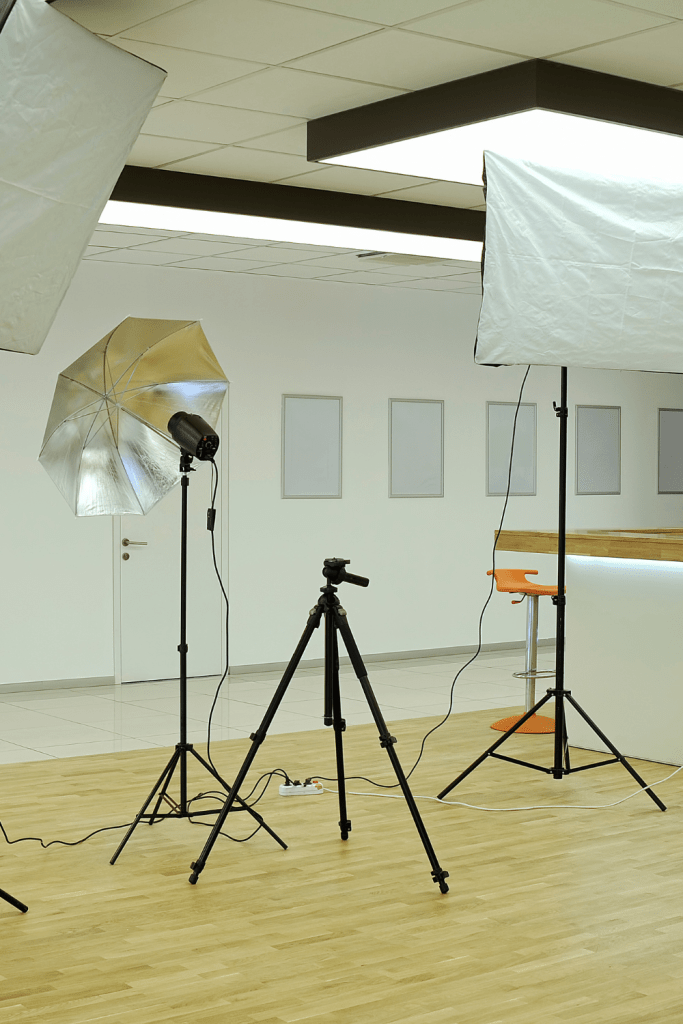
2. Location and Space
When selecting a photography studio, two crucial factors to consider are the location and available space. Let’s explore these aspects in more detail.
2.1 Choosing the Right Location
Ideally, you want a photography studio located conveniently to minimize travel time and logistical challenges. Consider studios situated in areas accessible to your target clientele or where you find a vibrant photography community. Additionally, evaluate factors such as parking availability and proximity to public transportation for ease of access.
2.2 Importance of Sufficient Space
Adequate space is essential within a photography studio as it provides flexibility for different shooting setups and accommodates larger groups or props. A spacious studio allows you to experiment with various angles, compositions, and lighting arrangements. It also offers room for creativity to flow freely, ensuring you capture the desired shots without feeling restricted.
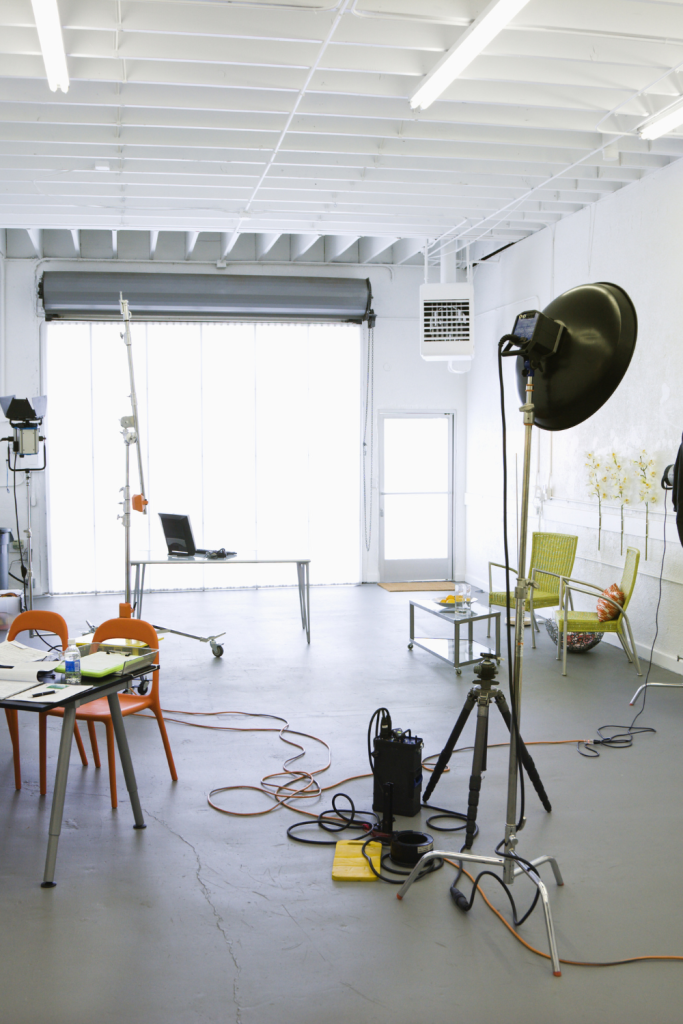
3. Lighting
Lighting is a vital aspect of photography, and a well-equipped studio can make all the difference in achieving stunning results. Let’s explore the different lighting options available.
3.1 Natural Lighting
Many photography studios have large windows or skylights that allow ample natural light to flood the space. Natural lighting provides a soft and diffused illumination, ideal for creating a natural and realistic look in portraits or still life photography. Utilizing natural light effectively can produce stunning results and add a touch of authenticity to your images.
3.2 Artificial Lighting
In addition to natural light, photography studios offer a wide array of artificial lighting options. These include strobe lights, continuous lights, and modifiers such as softboxes and umbrellas. Artificial lighting gives you precise control over the intensity, direction, and color temperature of the light, allowing you to craft the desired mood and ambiance for your photographs.
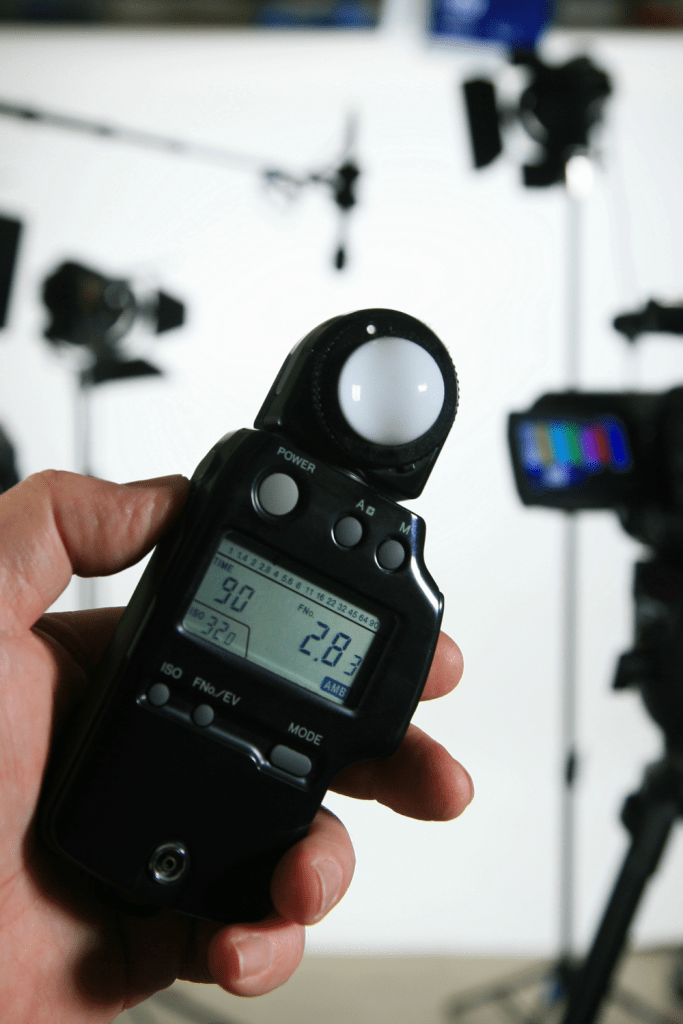
4. Equipment and Setup
An efficiently equipped and well-organized photography studio can significantly enhance your workflow and productivity. Let’s explore the essential equipment and optimal setup for a photography studio.
4.1 Essential Equipment
A photography studio should have a set of fundamental equipment to support your creative endeavors. These include cameras, lenses, tripods, light stands, and reflectors. Additionally, consider investing in a tethering system that allows you to instantly review and adjust your shots on a larger screen during the shoot.
4.2 Optimal Setup
To maximize the studio’s potential, organize the space strategically. Arrange your equipment in an easily accessible manner, ensuring a clutter-free environment. Keep your props, backdrops, and accessories neatly organized, allowing quick access and efficient workflow. An optimal setup enables you to concentrate on the creative process and ensures that equipment is within reach when needed.
4.3 Props and Backdrops
Props and backdrops play a crucial role in setting the mood, enhancing the narrative, and adding visual interest to your photographs. Let’s explore their significance within a photography studio.
Recommended
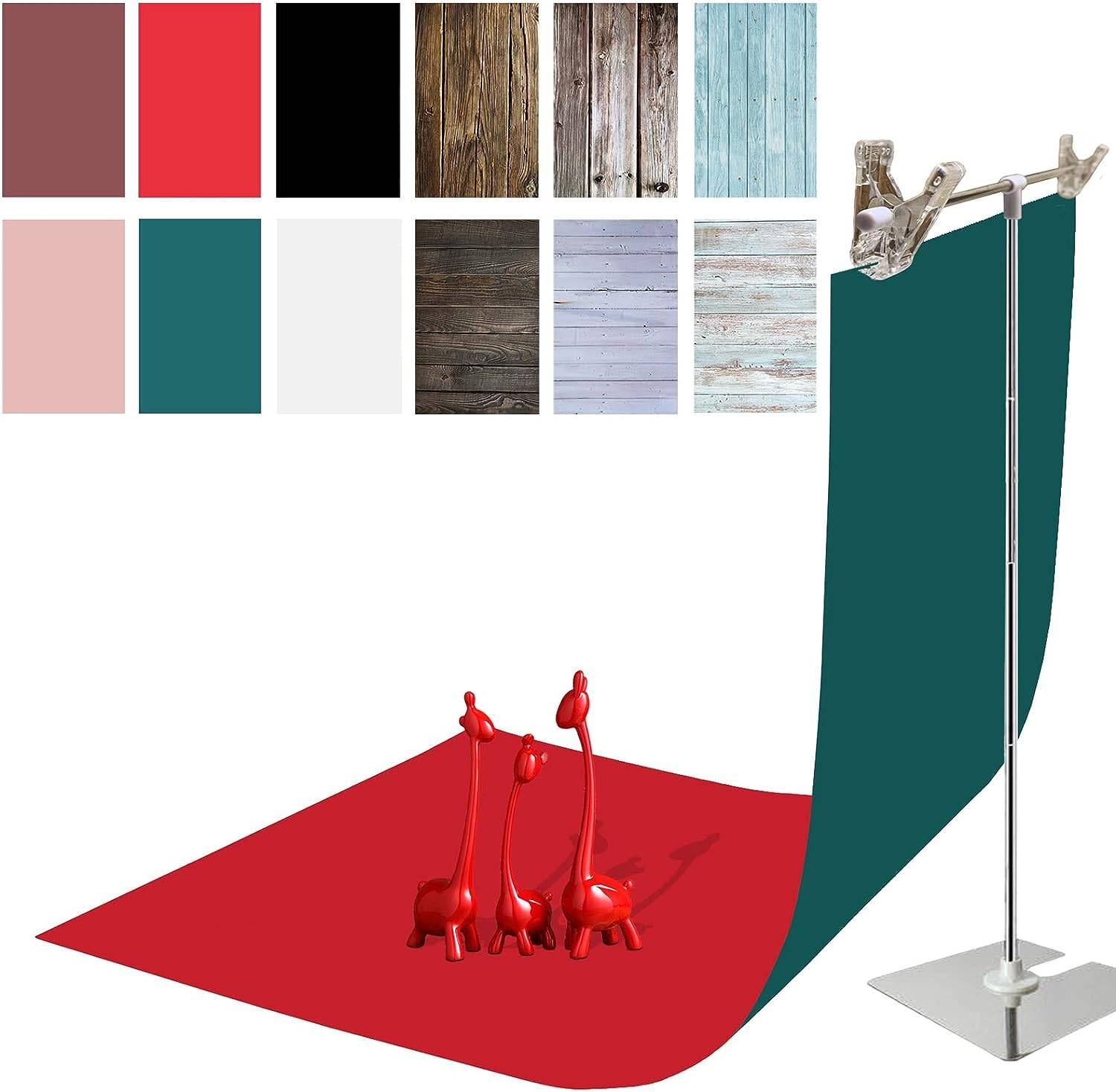
iProTech 6PCS 12Patterns Double-Sided Product Background
Recommended
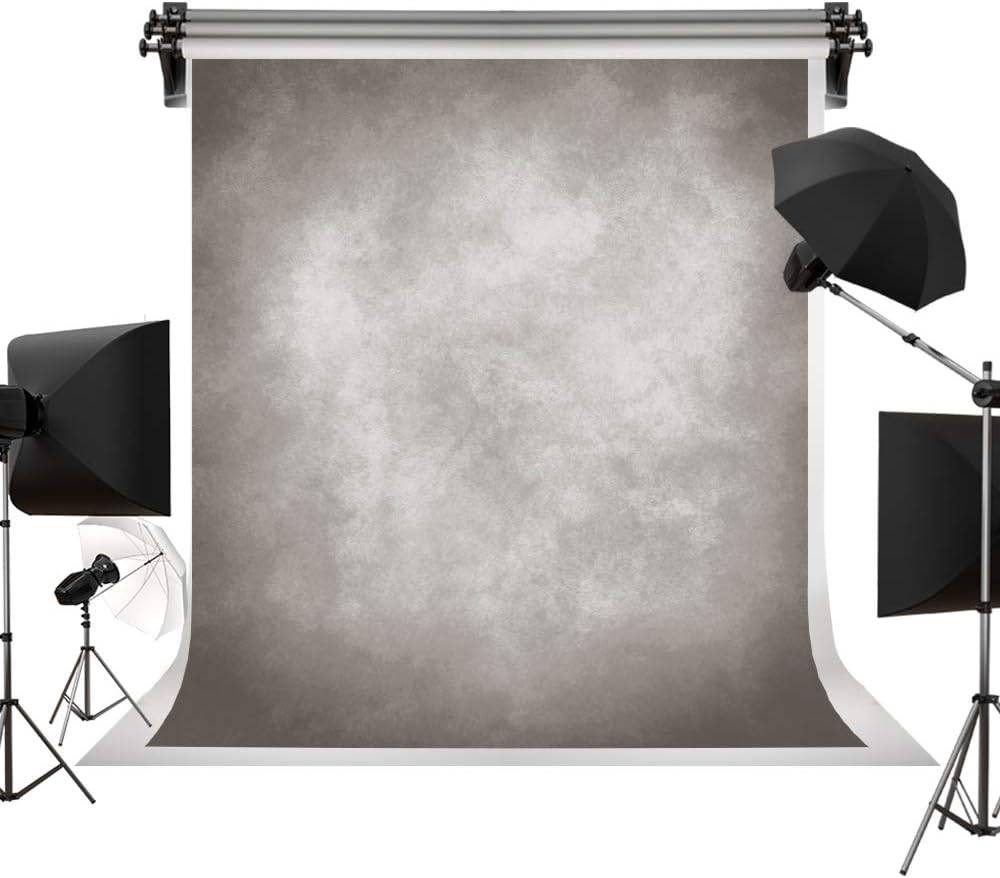
Kate 5x7ft Vintage Backdrops Abstract Grey Portrait Photo Backdrop
Recommended
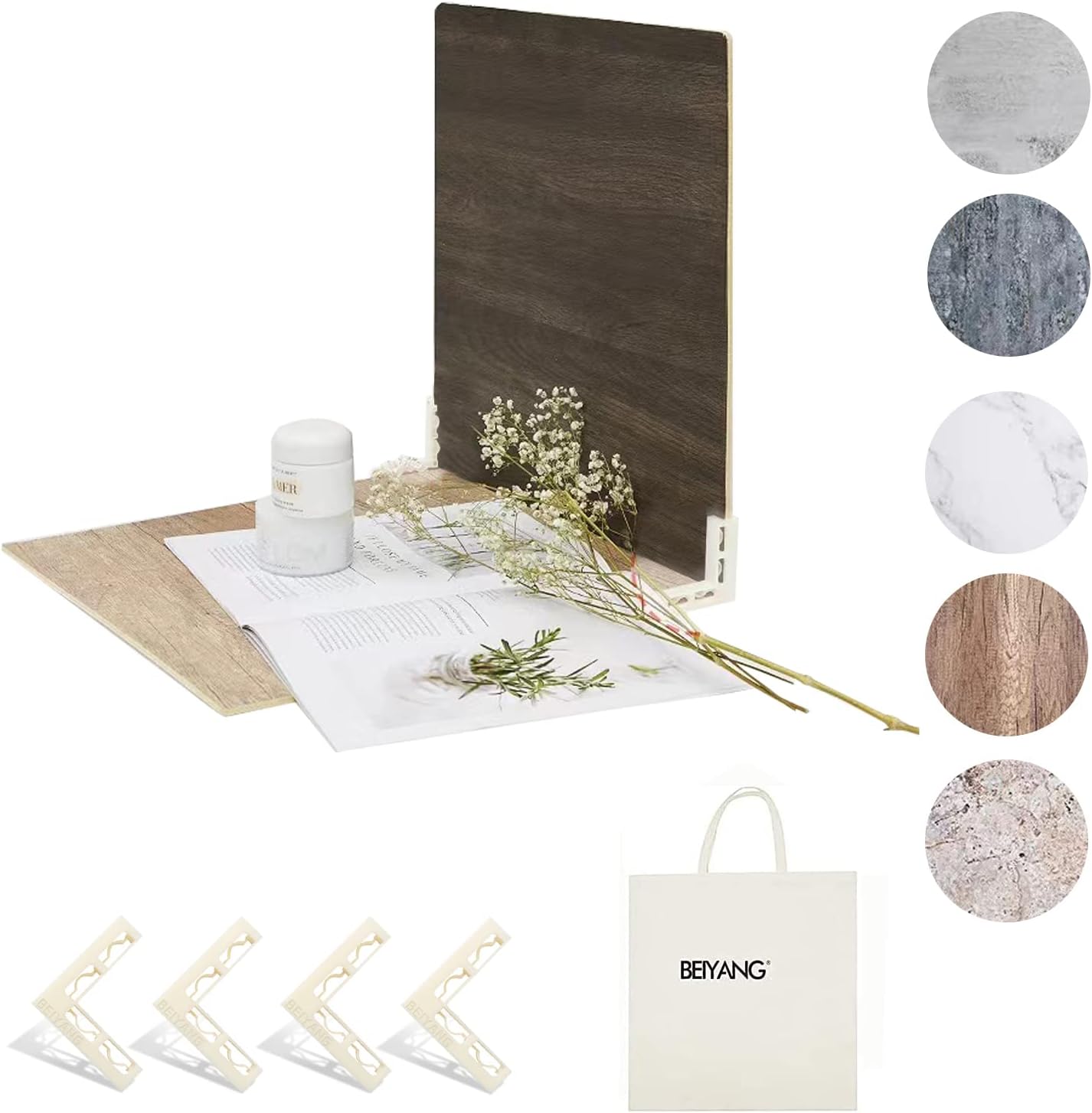
5 PCS Photo Backdrop for Flat Lay Photography Background
Having a variety of props and backdrops gives you the freedom to create diverse and captivating compositions. Props can range from simple objects to elaborate setups, depending on your genre of photography. They can help tell a story, add depth, or provide context to your images.
Similarly, backdrops are essential in creating a specific atmosphere or style for your photographs. They can be solid colors, textured surfaces, or even custom-designed backgrounds. Experimenting with different backdrops allows you to unleash your creativity and infuse your images with uniqueness.
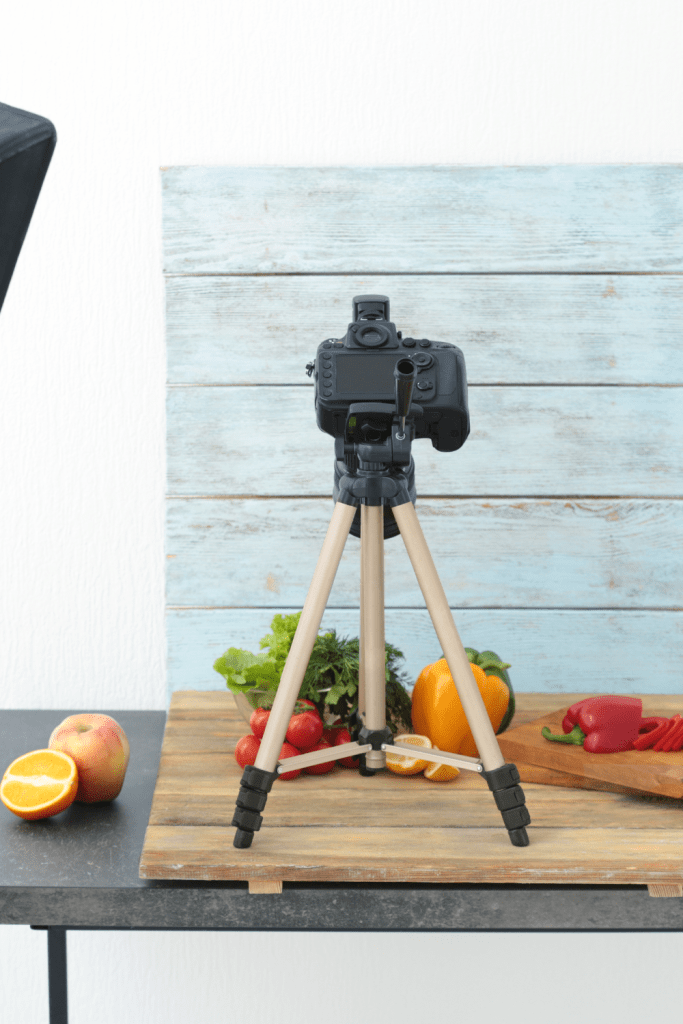
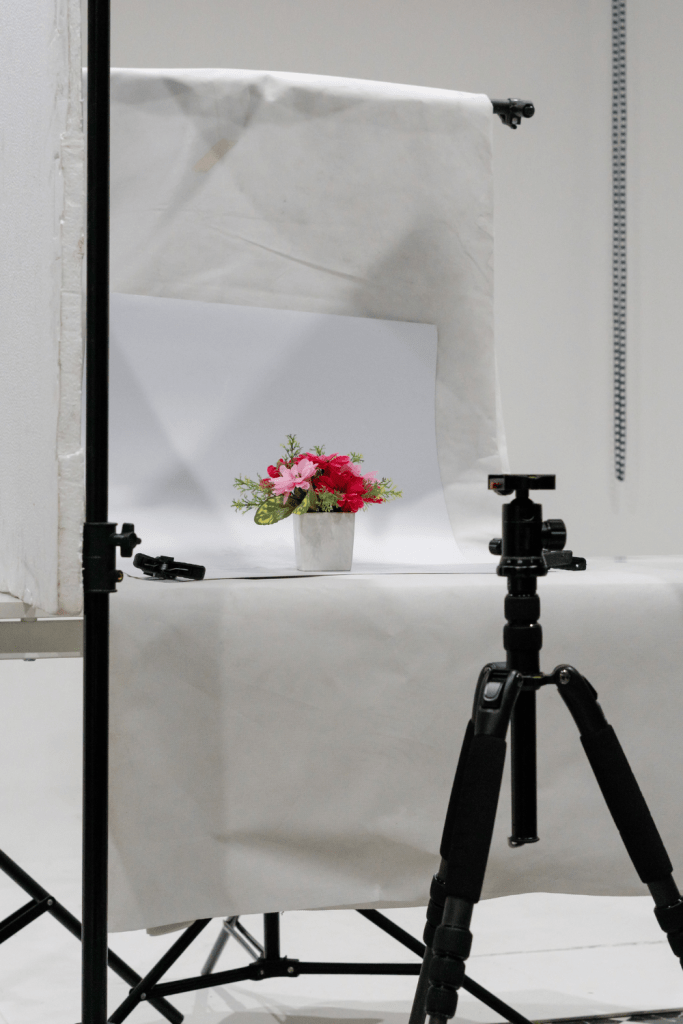
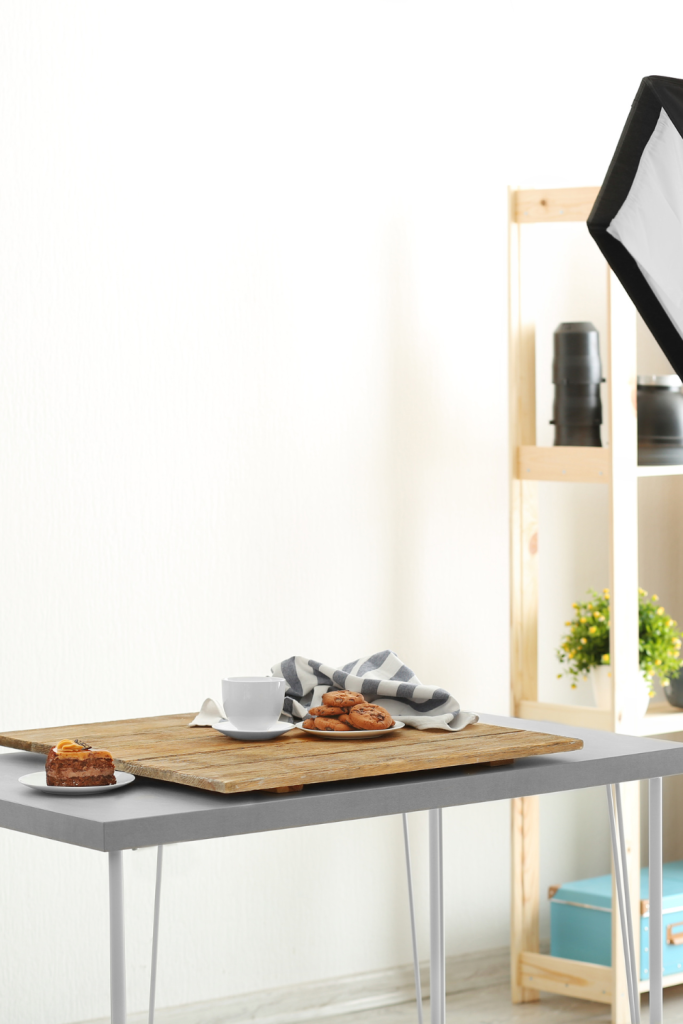
5. Hiring a Photography Studio
If you don’t have your own studio or require additional space for a specific project, renting a studio is an excellent option. Consider the following factors when hiring a photography studio.
5.1 Cost Considerations
Studio rental costs vary depending on factors such as location, size, equipment availability, and duration of usage. It’s important to compare prices, assess your budget, and determine the value you expect to gain from the studio. Consider renting during off-peak hours or collaborating with other photographers to share the cost and maximize your investment.
5.2 Length of Rental
When hiring a photography studio, carefully plan the duration of your rental. Ensure you have enough time to set up, shoot, and pack up without feeling rushed. Allocating sufficient time allows you to work at a comfortable pace and capture the desired shots effectively.
Final Thoughts
A photography studio serves as a playground for photographers, offering a controlled and versatile space to unleash creativity. The advantages of using a studio, including controlled lighting, ample space, and access to essential equipment, make it a valuable asset in any photographer’s toolkit. By considering factors such as location, lighting, and setup, you can leverage a photography studio to enhance your skills and produce outstanding images.
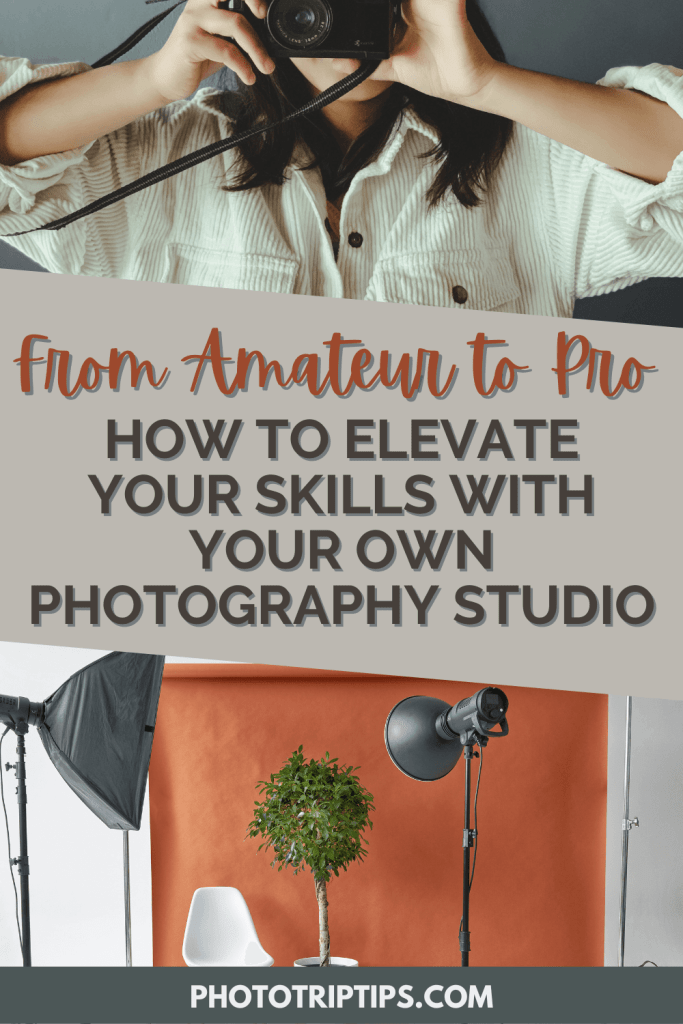
FAQs
- Can I use a photography studio for outdoor shoots?
While photography studios are primarily designed for indoor shoots, some studios offer outdoor spaces or access to nearby scenic locations. It’s best to inquire with the studio management regarding their offerings and any associated fees.
- Do I need prior photography experience to rent a studio?
No, prior photography experience is not a prerequisite for renting a photography studio. However, having a basic understanding of camera settings and lighting techniques will help you make the most of your studio rental.
- Are props and backdrops provided by the photography studio?
Some photography studios provide a selection of props and backdrops as part of their rental package. However, it’s recommended to inquire beforehand and confirm what is included or if you need to bring your own props and backdrops.
- Can I bring my own equipment to a photography studio?
Absolutely! In fact, many photographers prefer to bring their own cameras, lenses, and other equipment to ensure familiarity and optimal results. However, if you lack certain equipment, studios often offer rental options for additional gear.
- Are photography studios suitable for beginners?
Yes, photography studios can be beneficial for beginners as they provide a controlled environment and access to essential equipment. They allow beginners to experiment and learn different techniques while enjoying a dedicated space for their creative pursuits.

